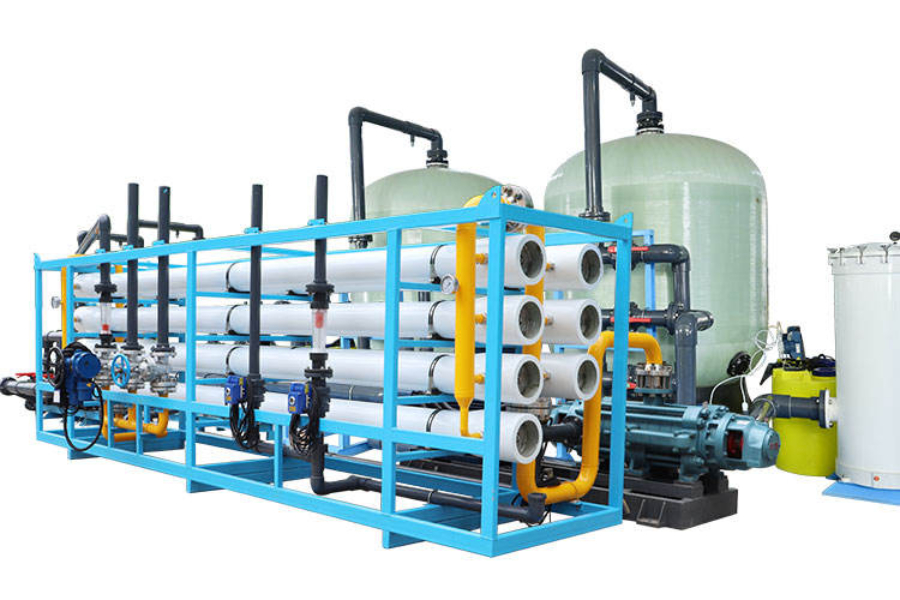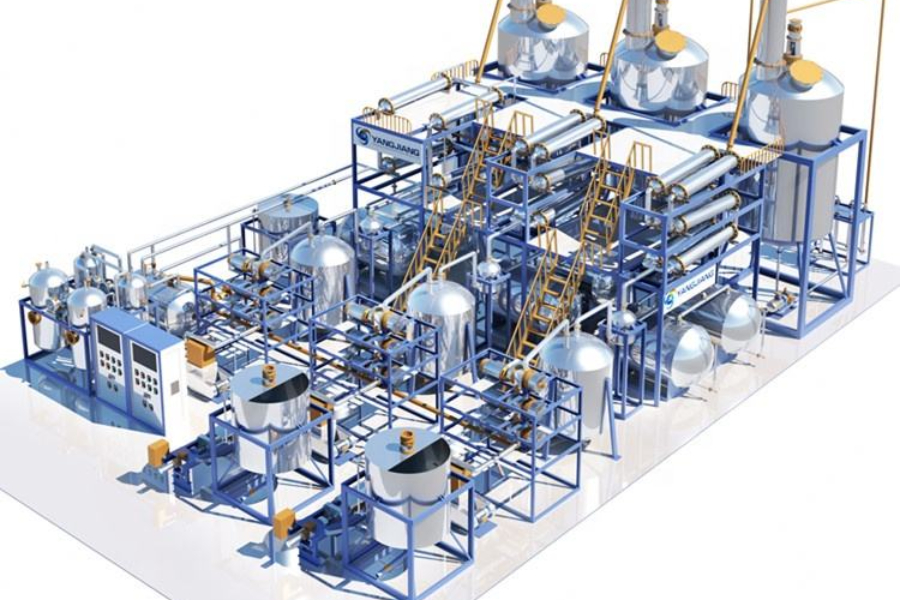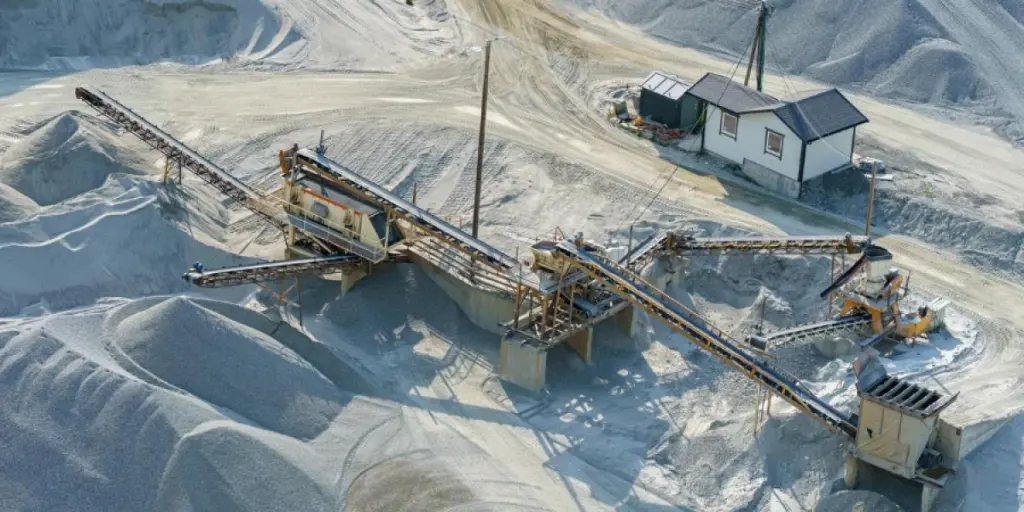Oil and gas are non-renewable resources, and the processes to retrieve them from the earth has been damaging to the environment in many ways. The oil and gas industry does not have the best reputation for environmental protection and sustainability. However, due to increasing pressure from climate lobbies, regulators, business partners and society as a whole, the industry has begun to make the transformation towards more sustainable practices. This article looks at how the industry is seeking to reduce its carbon footprint and improve environmental sustainability.
Table of Contents
Environmental market data
5 ways the oil and gas industry is improving sustainability
Final thoughts
Environmental market data
Water is an important resource for oil and gas production, and according to the International Energy Agency an estimated 13 billion cubic meters of fresh water supplies were used globally in 2006. The harmful carbon emissions from oil and gas production in 2017 collectively totalled around 15% of the total emitted by combustion of those fules, with over half of that 15% coming from deliberate venting of methane and other preventable emissions. According to the US Environmental Protection Agency (EPA), methane is reported to have a global warming potential of more than 25 times that of CO2.
The oil and gas industry is seeking to change their attitudes, reduce their impact on the environment, and to improve their processes for extraction and production. It does seem that the industry is serious about improvements, and in 2021 over 4,300 job postings in oil and gas highlighted environmental sustainability.
5 ways the oil and gas industry is improving sustainability
Here are five ways in which the oil and gas industry is improving their approach to environmental protection and sustainability:
1. Decreasing freshwater usage and improving water recycling

Water is an important resource for the oil and gas extraction process, especially in fracking operations and in separating oil from oil sands. The oil and gas industry uses hundreds of millions of barrels of freshwater every day, and a single fracking site can use 200,000 barrels a day. If solutions can be offered that can provide water from recycled sources, this reduces the demand on freshwater. Fortunately, many companies are now seeking ways to only use non-freshwater, by finding ways to recycle brackish water from land sources, municipal wastewater, and from the slurries used in fracking.
Water filtration processes have been developed that use industrial reverse osmosis and advanced water treatment solutions to remove up to 99.9% of contaminants from different impure feed water sources. These systems can filter out impurities with a molecular weight of more than 150-250 Dalton, and recycle water from brackish, municipal and surface waters. To meet the demands of the industry, high capacity recycling machines need to provide upwards of 100,000L per hour.
2. Used oil recycling

Waste oil is harmful to the environment, but there is now a positive trend for oil and gas companies to use waste-oil recovery systems that refine used oil into usable diesel fuel. These high capacity recovery systems can produce much needed Euro V quality fuel, for industrial machinery and commercial vehicle demands, and recovery is also a cheaper alternative to typical oil disposal methods.
3. Reducing methane leaks

Methane emissions are regarded as the second largest cause of global warming, and although much of this comes from the agricultural sector, the oil and gas industry is a large contributor.
Methane leaks can be caused by malfunctioning equipment, or through using poor components. Oil and gas companies can play their part by detecting methane leaks and addressing their causes. The International Energy Agency (IEA) states that it is very achievable for the oil and gas sector to reduce methane emissions with available and emerging technologies.
Methane capture projects currently fall into two areas, capturing and burning methane (to create CO2 and water), and capturing and purifying methane to produce pipeline quality natural gas for domestic and industrial use.
4. Greater use of renewable energy

Oil and gas companies are also looking at greater use of renewable energy, both to power their production and to supply directly to consumers. For example, in 2021, BP acquired a $200 million share in Europe’s largest solar power producer. Oil and gas providers are looking more towards solar farms and providers of solar power, and there are many providers of wind technology solutions.
5. Process improvement and better use of data
Research has shown that better data analytics can bring improvements of 30-50 times the original oil and gas investment, through reducing the environmental impact of production by reducing waste, accidents and operational bottlenecks. Implementation of industrial internet of things (IIOT), better data analytics, more automation, and making use of emerging artificial intelligence (AI) programs can all help reduce or even eliminate operational inefficiencies.
Final thoughts
Scrutiny on the oil and gas industry has increased in recent years, particularly with increased legislation and social pressures. The industry’s impact on the environment is a source of concern, by contribution to greenhouse gasses through methane leakage, environmental impact through use of freshwater, and damage to the ecology through oil and gas leakage.
There are many areas that can be improved through more efficient processes, better maintenance of equipment, and through application of used water filtration and methane gas purification technologies. Oil and gas companies can be as productive, with reduced costs, and most importantly with a lower overall carbon footprint and less environmental impact.




